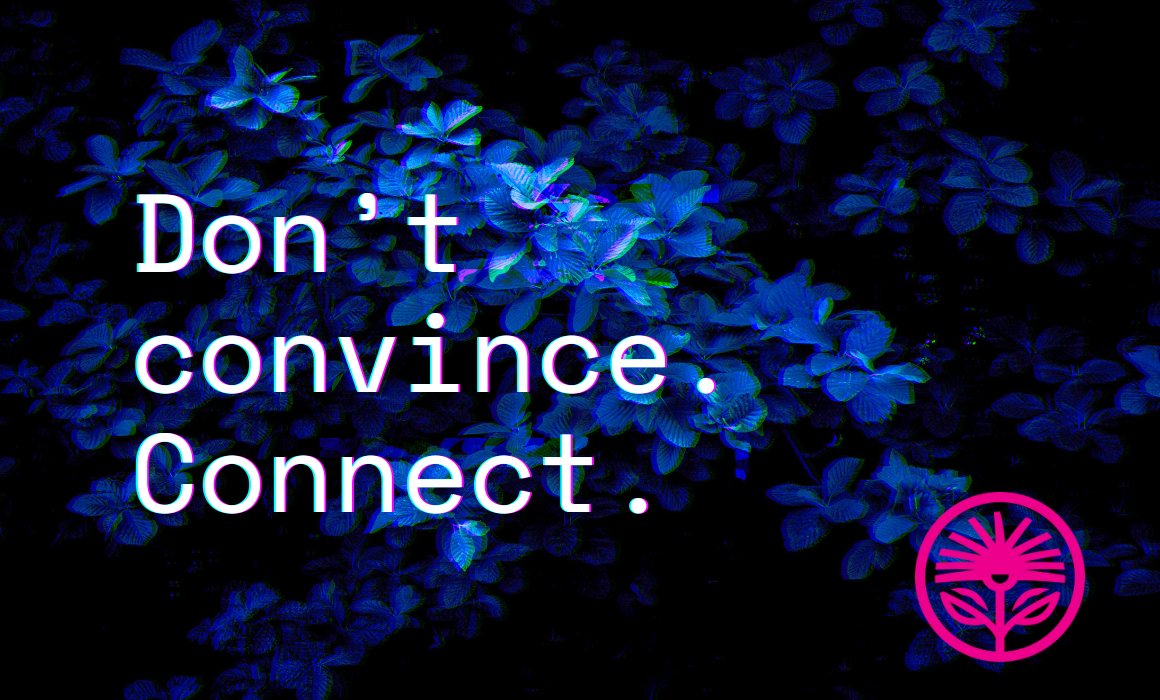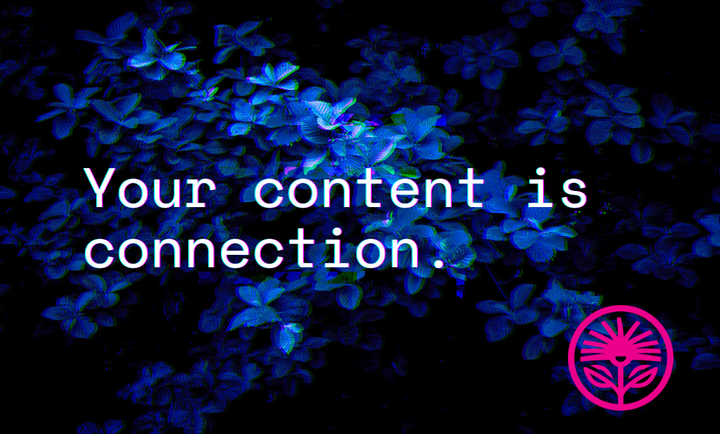Kelford Labs Weekly: Don’t convince, connect
You can’t convince someone to want something.

There are two ways to approach getting people to buy your product or service.
The first and most common way is to convince—to load up the prospect with facts, features, and benefits and overwhelm their cognitive defences such that they come to believe the purchase is a good idea.
Of course, there are a couple problems with this. Number one, it’s kind of gross. But if you have the stomach for it, there’s another problem: regret.
Once you’re out of the room or off the call, the effect diminishes. If they’re confronted by a peer about why they purchased, they might realize they actually regret it or never really wanted it. Your sales costs go up as churn increases, and pretty soon you have to sell harder and harder to keep up with the losses.
Because, while it’s possible to convince someone to buy something, you can’t convince someone to want something.
The other way, the way I obviously endorse, is to not convince at all. But to connect. You connect the dots between what the customer already wants and what you offer.
You demonstrate to them that their values and yours overlap, by showing them the tradeoffs you’ve made to fit their needs in particular. Then, when you’re no longer around and they’re forced to justify their purchase, the rationale is rooted in their needs, their desires, their preferences. Your sales costs go down as your churn decreases and your customers get better at recommending you to others.
You don’t actually convince anyone of anything, you merely connect your product with their existing requirements.
It sounds simple, right? So what makes it so hard?
Well, first, it takes an ounce or two of humility. It takes understanding that while we might be able to bully someone into spending money in the moment, we’re ultimately doing harm to our reputation by creating the wrong kind of customer.
We have to acknowledge that our sales prowess is actually the problem.
So many businesses out there are constantly customizing orders, creating innumerable proposals and pitches, and offering the moon to every prospect just to get the deal. But what does that get them? Unhappy customers with complex requirements and constant churn.
So they load up their sales team with more incentives, more pressure, and more power—which just exacerbates the problem.
But long-term, sustainable businesses do something else: They understand their core customer so well, and they focus on them so specifically, that existing customers create more new customers. Their reputation grows and grows, because the customers they have, they keep.
Which means they get to know them even better, they get to understand their challenges even more thoroughly, and they get to hear how they describe value even more clearly.
And that’s the second part that makes this difficult: You have to really get to know your customers.
Not, like, personally. At least, not necessarily. I’m an introverted guy who likes to spend time alone. I don’t love picking up the phone, nor am I all that great at small talk. The idea of calling a past customer and asking them questions about my value is almost paralyzing.
So I’ve learned other ways of getting this information. The first way is during the initial conversation with a prospect. I don’t spend any time (unless they ask) talking about myself. I focus on them, asking them questions about their customers, their day-to-day activities, and the challenges they ran into that made them seek out marketing support.
Over time, I’ve been able to connect enough dots and see enough patterns that I can ask probing questions that demonstrate my value for me.
Another way is by watching what people post on social media, on forums, or in presentations about marketing. I pay attention to the way they frame their questions, their struggles, and their opportunities.
Because by noticing how people talk about your industry or offering when you’re not around, you can pick up the words and phrases they use and would connect with if you used them.
So when someone asks me what I do for a living, I don’t typically say, “I run a marketing strategy consultancy.” Why? Because nobody wants that.
What I might say instead is, “I run a business that helps entrepreneurs express their unique value in ways their ideal customers understand, so they can lower their sales costs, increase their margin, and grow their business sustainably.”
Or, depending on the audience, I might say something like, “I help entrepreneurs change the world by helping them communicate in a way the world understands.”
It’s not about convincing, it’s about connecting—taking their values and their desires and connecting those to what you do and what you care about.
So, what about you? What do you normally say?
And how could you rephrase it to focus on what the customer says they want?



